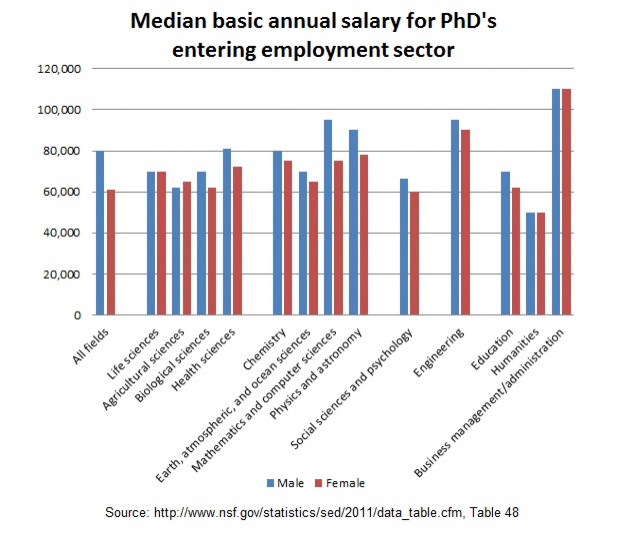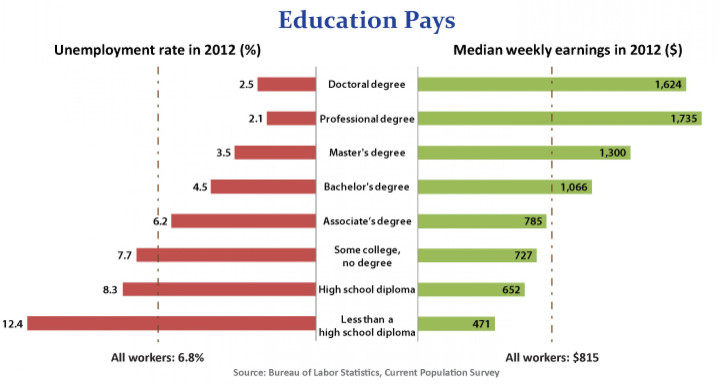Have Ph.D., Need Job: Employment Prospects For Young Scientists Worsen
Employment prospects for newly minted Ph.D.s have never been totally assured, but these days it is looking rather grim.
“Politicians and businessmen are fond of talking about America's scientist shortage -- the dearth of engineering and lab talent that will inevitably leave us sputtering in the global economy,” Atlantic editor Jordan Weissmann wrote on Wednesday. “But perhaps it's time they start talking about our scientist surplus instead.”
Data from the National Science Foundation shows that the number of Ph.D. recipients with definite postgraduate plans either to continue with post-doctoral studies or enter the workforce is trending down across all fields.

As the chart above illustrates, doctoral students enjoyed a brief period of job security starting in the mid-1990s, cresting around 2001. From there, a slight downward trend in postgraduation prospects continued until the start of the recession, when things took a steeper nosedive. Even traditionally booming fields like computer science and engineering are feeling the pinch.
Tenure-track positions at universities have been drying up in the wake of the economic downturn. As a result, an increasing number of Ph.D. recipients are finding themselves trapped in postdoctoral work for years, usually doing lab work for more senior scientists for an average of $39,000 per year.
Once, the post-doc period “was just a one- or two-year rite of passage where budding scientists honed their research skills. Now it can stretch on for half a decade,” Weissmann wrote.
At the American Association for the Advancement of Science annual meeting last weekend, Georgia State University economist Paula Stephan called on universities to raise salaries and improve working conditions for postdocs, to encourage people to pursue research careers. Though raising salaries would likely shrink the pool of available postdoc positions, such a move would likely enhance the work that postdocs do, Stephan said, according to Inside Higher Ed.
Shrinking the pool of postdoc positions would also be a bit of a wake-up call for Ph.D. students -- they would be less likely to jump into a suboptimal postdoc position in hopes of attaining a tenure-track job that never arises.
"We have more postdocs than we can absorb into research positions," Stephan told Inside Higher Ed. "But the incentives are there for faculty to staff their labs with postdocs because they are so cheap."
If you’re looking for a doctoral degree based on salary considerations, business school is your safest bet, as is being a man in just about any field, as the chart below shows:

Still, while the employment prospects for Ph.D.s aren’t generally rosy, education is still a safer bet, according to the Bureau of Labor Statistics. A BLS survey showed that the 2012 unemployment rate among Ph.D. holders was 2.5 percent, compared to 4.5 percent for bachelor's degree recipients and 12.4 percent among people that hadn’t finished high school.

© Copyright IBTimes 2024. All rights reserved.





















